Film Log #9 – 5.2020
Sunday, May 24th, 2020In an effort to curtail my cycle of binge watching (and re-watching) programs available on streaming services, I’ve made a more concerted effort to support the local video store – Vulcan Video. Their mid-week 2-for-1 deal keeps me returning fairly regularly.
With that in mind, I figure I’d log a somewhat quick rundown of the films I’ve recently experienced (because, you know, there aren’t already enough people recreationally writing about movies).
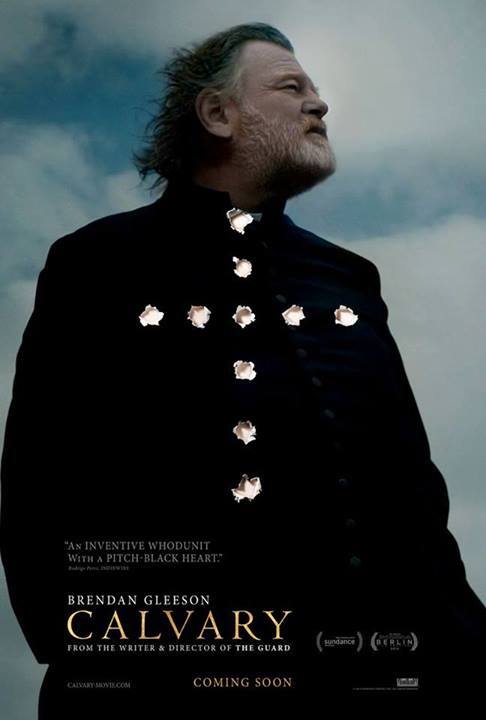
Brendan Gleeson is an often over-looked actor. His contributions to Gangs of New York and Braveheart are certainly memorable, but it was his turn in In Bruges that really made me look forward to his future projects.
In Bruges is an excellent picture made by Martin McDonagh (Three Billboards Outside Ebbing, Missouri, Seven Psychopaths) whereas Calvary (2014), starring Brendan Gleeson was made by John Michael McDonagh; Martin’s older brother. Both brothers obviously enjoy shoot’em ups and violence, but where Martin does an excellent job incorporating deeper subjects and themes such as existentialism, morality, and romance into his tough-guy pictures, John Michael falls short.
Other than Calvary, I admittedly haven’t seen much of John Michael’s work, but Calvary seems to be an attempt to make a less humorous, less violent but unfortunately heavy-handed attempt at an overtly cerebral film. And that’s fine, the world needs cerebral films, but this movie never finds a rhythm and, though it has a few good scenes, the juice just ain’t worth the squeeze.
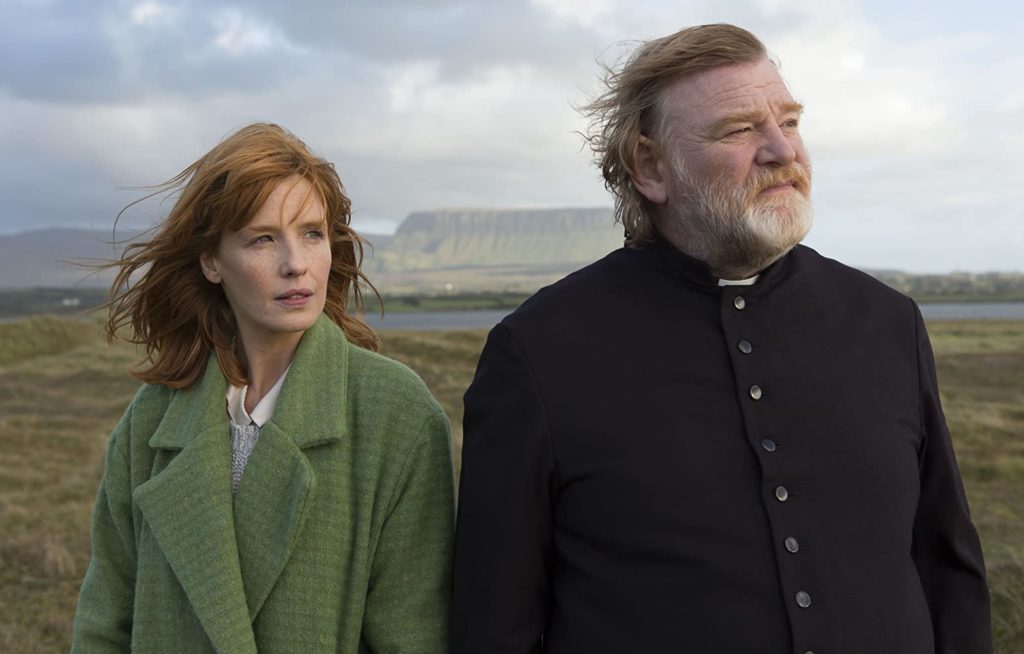
The movie takes place in a fictitious, unsavory Irish town where Gleeson plays Father James; a middle-aged man who joined the priesthood after his wife died.
Calvary begins with a threatening notice from a mystery character informing Father James that he will be murdered in one week. For my money, this type of narrative device rarely works. Why give us a plot point that the entire film balances on prior to revealing any character?
Anyways, as the film moves forward, we are drawn to, and sympathetic towards, Father James. The only thing that ultimately compelled me to stick out the narrative was to see the aftermath of the initial threat. Even then, the ending fumbled.
The film weighs the audience down for 102 minutes. The often despicable townspeople antagonistically question why any man would join the cloth after the Catholic faith has been disgraced by the hundreds of child abuse cases all while unabashedly displaying their own transgressions.
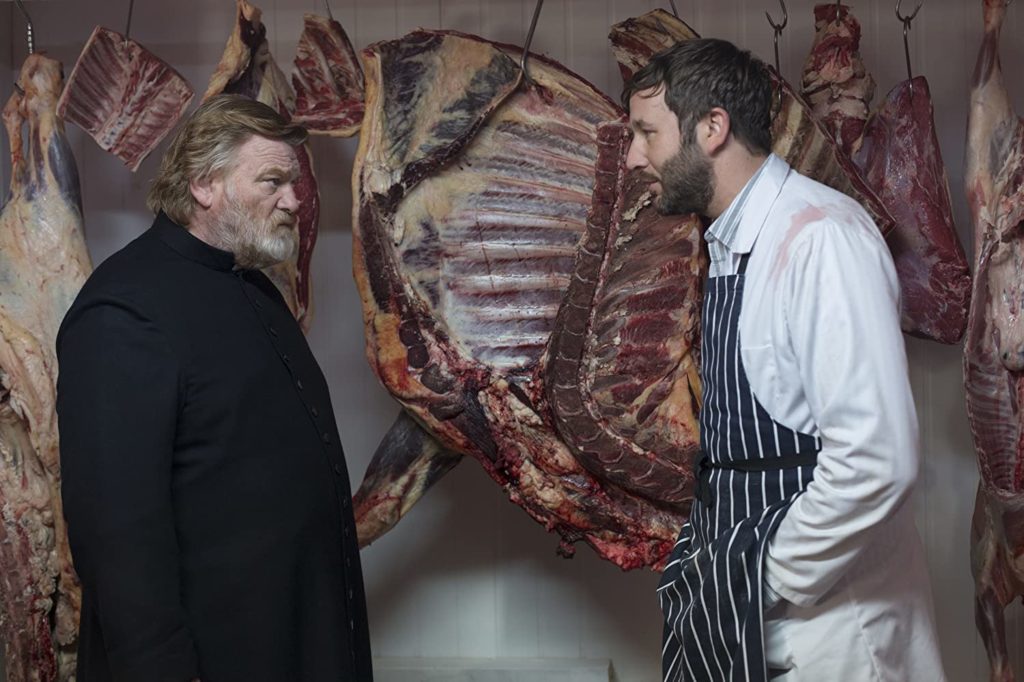
The trailer for John Michael’s The Guard doesn’t look particularly bad as it pairs Don Cheadle with Gleeson, but I’d still recommend brother Martin’s In Bruges or Three Billboards… before giving a John Michael project a shot.
Here is a well-written analysis of Calvary that provides a much more complimentary look at the film and though I understand where the post’s author is coming from, I simply felt the film’s execution is clumsy like a drunk and often communicates like a blithering drunk.

Even though I do like most of what Steven Soderbergh directs, I never saw this when it originally came out (2011). It’s currently available on HBO, and given the world’s present situation, I felt it was fitting to give it a go.
Generally speaking with Soderbergh films, they’re going to be good. Whether a trumped-up, celebrity-fueled caper like the Ocean’s series or a more thoughtful look at unique people and the challenges they face like Erin Brockovich (which looks at how concerned citizens and lawyers take on an industry that appears to be responsible for polluting regional water supplies) or narratives about wide-stretching issues and industries such as big pharma in Side Effects or the War on Drugs in Traffic, the movie is usually going to be well worth your time.
Soderbergh makes a conscientious effort to be unconventional and engaging. That acknowledged, he decided to make Contagion have the narrative not truly follow any particular character, opting instead to focus on the disease itself. The fictitious disease that feels all too real seems to be the main character. For a film about a fast-spreading and fatal pandemic to follow any one particular character would be difficult. That said, Contagion attempts to provide insight at how “regular” folks, political/media types (including fringe political/media types), as well as medical experts would conduct themselves during a world-changing pandemic.
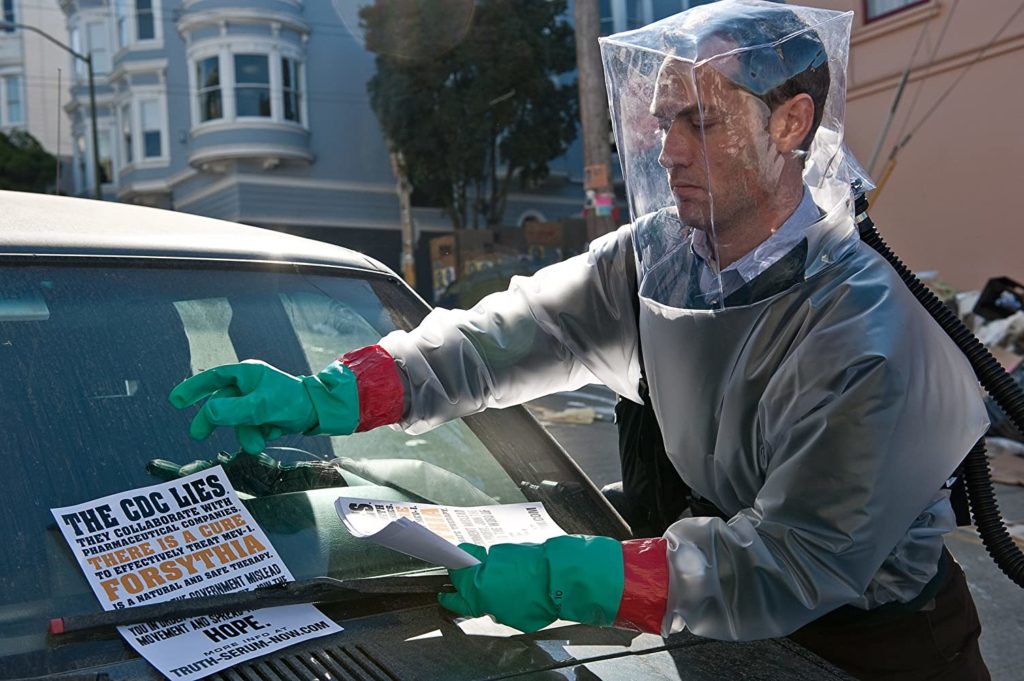
The fictitious pandemic featured in Contagion is certainly far more cataclysmic than what mankind is currently dealing with, but the film does give us an idea of what a worse-case scenario pandemic looks like.
Again, the film is interesting, but the narrative is lacking. The storyline of each character, there are many, only provides a glimpse of what each is dealing with and allows the audience to, more or less, complete the narratives in our heads. This is fine, but it does leave us wanting.
It’s hard to determine whether the film is good or bad, instead, I’ll opt for interesting. Having been released nine years ago, it was interesting to see a dramatized portrayal of hypothesized protocols that politicians, Centers for Disease Control and Prevention, the World Health Organization, and other organizations respond.
There really aren’t any spoilers to a film like this, but it is interesting to note that pigs that have consumed bat droppings in Asia are the cause of this fictitious pandemic.
If you’re curious about how the gears of a pandemic and the governmental response work, this would be a worthwhile experience.
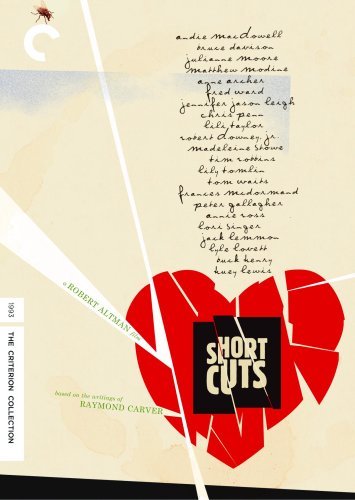
Last November, I wrote about how during my first viewing of Nashville, I was reminded of some similarities to Short Cuts. It’s true, there are definitely similarities between the two films, but where Nashville captured confusion, frustration, and possible shame of a generation + the 1975 American zeitgeist, Short Cuts seems lost and self-indulgent by comparison.
Maybe that’s the point? 1960s brought on an acceleration of “change” or perceived change, 1970s attempted to make adjustments, 1980s became the decade of self-interest, and the 1990s seemed to have elements of everything that came before but with added complex internal conflicts and confusion (shoot, those decade summations seem obvious if you only study pop music).
Short Cuts, made in 1993, include some terrific individual performances, but the overall project tends to drag and portions of the strewn-about storylines are unneeded. Though it’s fun to see Jack Lemon, Tim Robbins, Robert Downey Jr., and many more all work together, this film ultimately doesn’t resonate. The payoff one is hoping for fizzles down the stretch.

I’m bias, but the best scenes include Tom Waits + Lily Tomlin or Julianne Moore. Tomlin plays a waitress who is ogled by customers and Waits plays her limo-driving, hard-drinking husband. The two work together remarkably well and provide a very convincing look into a troubled relationship.
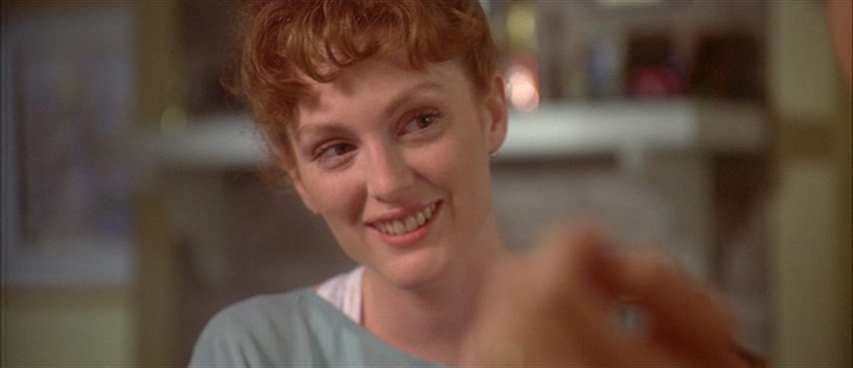
Since the film is based on Raymond Carver short stories, most of the relationships featured are troubled and Julianne Moore delivers the best central performance in this regard.
Final recommendation is, watch Nashville before checking out Short Cuts. If you love Nashville and want to see something relatively similar, give Short Cuts a shot. Both films are representational of their eras and the 70s might just be more compelling than the 90s.
Circling back to Tom Waits, I’ve enjoyed his music since 2003. Rarely do I march through an entire discography, but I have with his music. Though his film credits are few and far between, I’ve made a more concerted effort to watch his films recently. This YouTube short helped spur that:
I’ve seen many of those films, but it truly has been too long since I’ve seen Down By Law and I’ll be screening that one again soon.

First off, this sad film only gets sadder. Ironweed, released in 1987, takes place in Depression-era Albany, New York and features Meryl Streep and Tom Waits as terminally-ill vagrants. Main character Francis Phelan, played by Jack Nicholson, is an alcoholic homeless man who lives a life of regret and not-very-well-masked shame.
It’s not a date movie. It’s not a fun movie. The film moves at a fairly slow pace. You know full well that there’ll be no happy endings and you have to go into the experience with the expectation of watching two masters of their craft, Nicholson and Streep, go to work. For all of these reasons, this film isn’t celebrated.
However, if you care about all-time actors working their tails off and you’re the type that “appreciates the craft” of acting, this is one to watch. It’s a gut-punching, tear-jerking character study.
That, or maybe you’re curious how well Tom Waits carries himself next to Nicholson + Streep like I was.
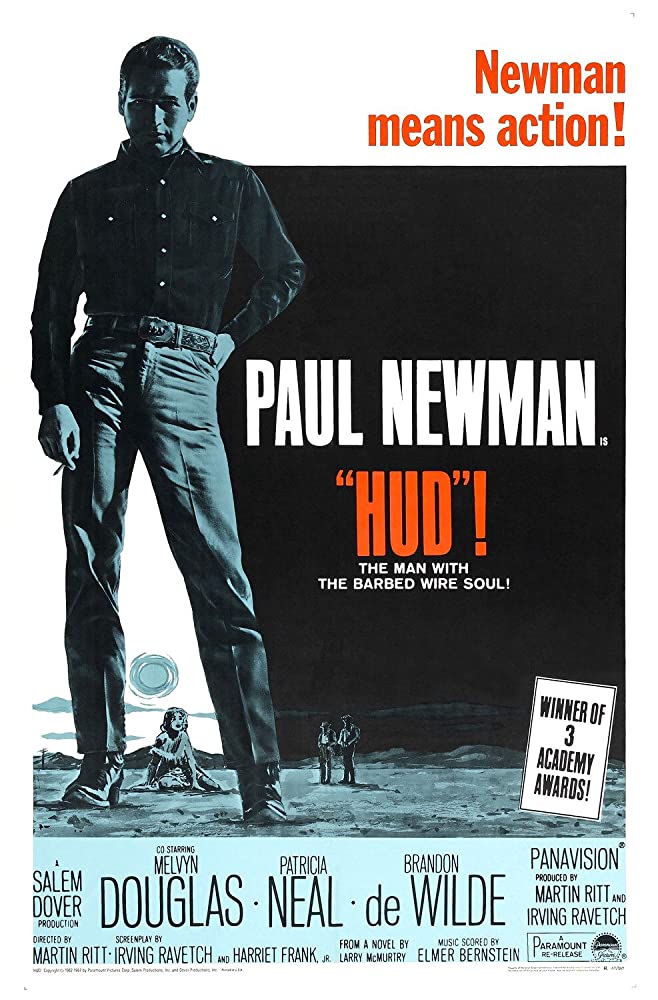
Giant (1956), Hud (1963), and The Last Picture Show (1971) create a powerful trio of Texas films that all weave the plight of rural/small town communities/families with industrial and cultural swings. Later, I’ll have a post that’ll go a little more in-depth on these films, but we’ll focus on the middle brother of the pictures for now.
Hud hit me a little strange. I was expecting a lovable figure that Newman excels in playing like in Cool Hand Luke or The Hustler. What I got in return was a charming jerk whose charm deteriorated as the film progressed.
Hud focuses on the relationships within the Bannon household: Hud Bannon, Homer Bannon (Hud’s father), Lonnie Bannon (Hud’s 16 year-old nephew – his parents aren’t present), and the housekeeper Alma Brown.
The film uses these relationships to tug and pull Lonnie, as well as the audience, towards Homer’s ceaseless virtue or Hud’s horn-dogging recklessness.
The cards are all laid out on the table after Homer + Hud have a row, then Lonnie attempts to defend Hud. Homer, reacting to his grandson’s defense of Hud, delivers the best line I’ve heard in a good, long while, “Little by little the look of the country changes because of the men we admire… You’re just going to have to make up your own mind one day about what’s right and wrong.”
Truer words never spoken.
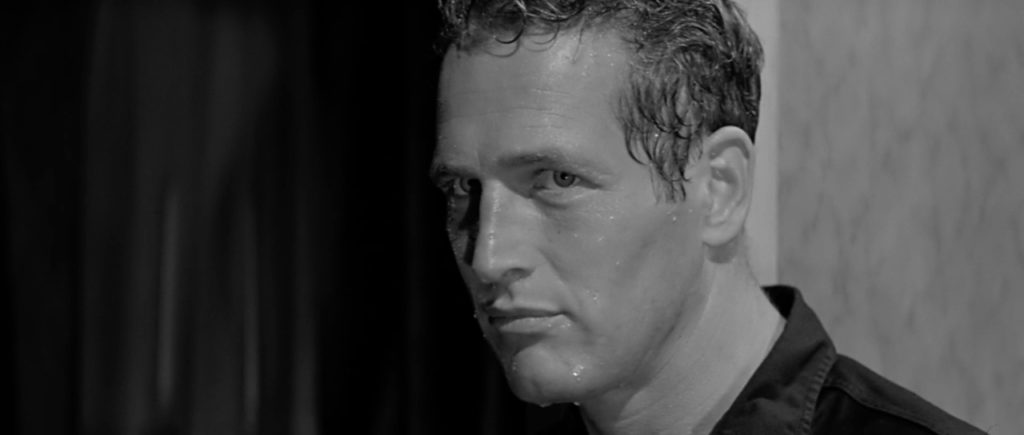
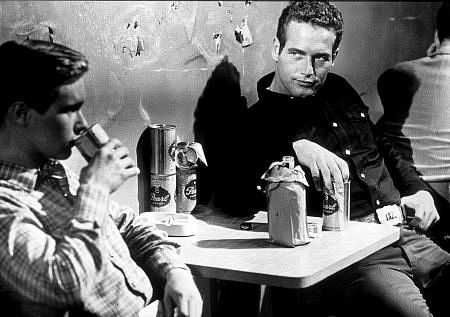
These weighty words are why I watch classic cinema. I’m reminded of an April 2012 post, when I first began to review classic Paul Newman films: The Hustler and Cat on a Hot Tin Roof. These films also forced audiences to wrestle with topics such as virtue, honor, mendacity, acceptance, self-worth, and other difficult subjects. It’s not that these topics are no longer included in today’s cinema, but today’s culture is much more fragmented and today’s narratives reflect that.
Contemporary dramas that tackle challenging subject matter don’t position the crux of their work on “universal truths.” Instead, the challenges and conflicts in current artistic cinema are very specific topics such as how parents cope with the death of a child, substance abuse, coming to terms with one’s own sexuality, or the like.
That’s not to say that the issues in the classic Paul Newman films were “one size fits all,” but it is to say that these films concerning matters such as overarching morality + a man’s place as one generation gives way to another (Hud), the search for what drives an individual and how to make a career/life out of that passion (The Hustler), or the existential dilemma of how to live and function in a society that seems not worth engaging in (Cat on a Hot Tin Roof – I know Tennessee Williams’s play differs from the film insomuch that the film deleted almost all subtext of a homosexual relationship between Brick and Skipper, but the film focuses on mendacity; not sexuality) –– all these themes fit larger audiences than what most contemporary artistic films provide.
Good or bad, today’s blockbusters don’t say anything and the “art” or “indie” pictures say something that’s so damn specific. There was a time when quality films both were great successes at the box office while also fulfilling critics’/society’s needs for “high art.”
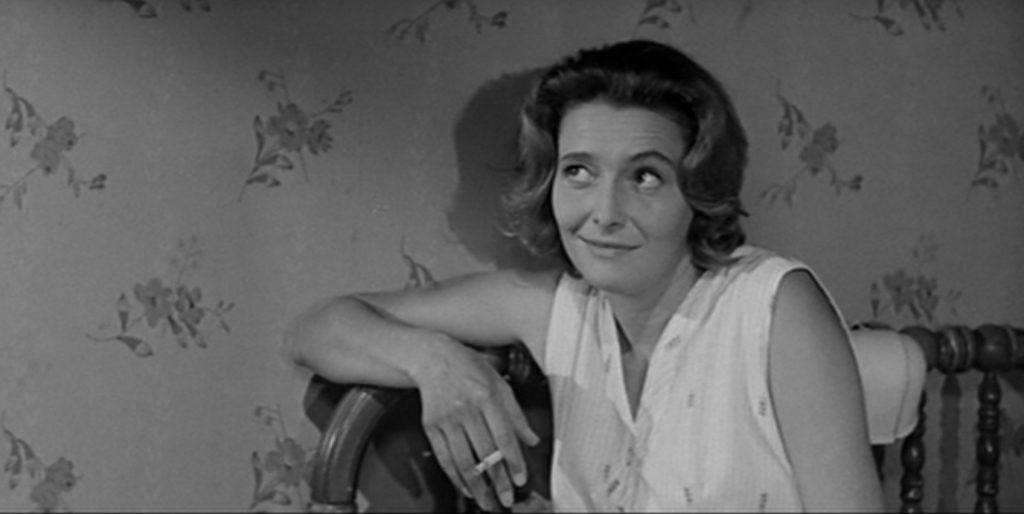
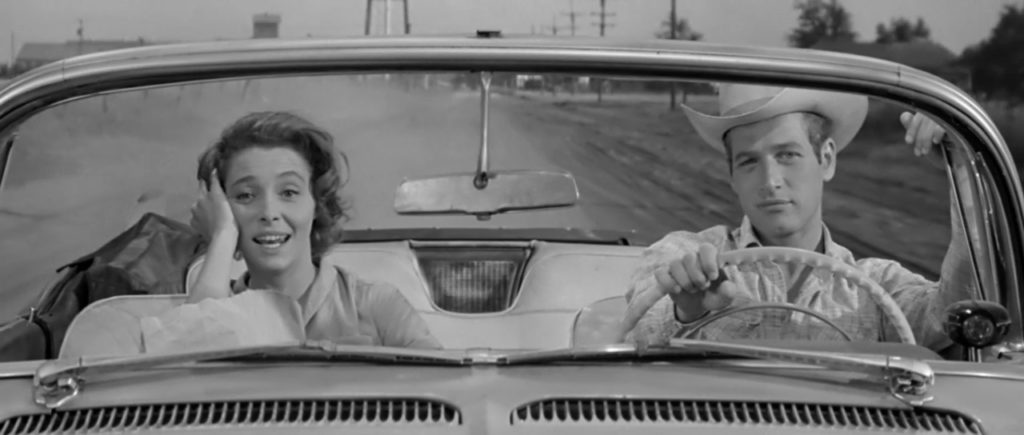
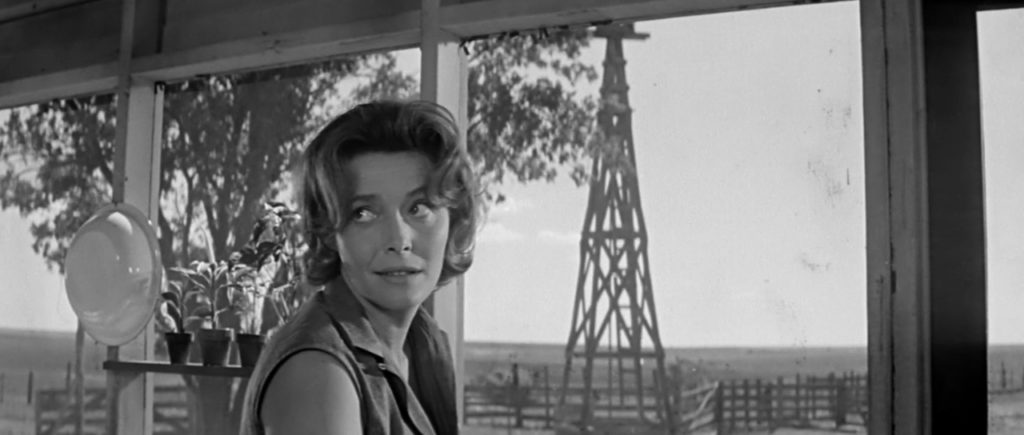
I would be remiss to not include a word about Patricia Neal’s portrayal as Alma Brown. Her performance garnered an Oscar (same with Melvyn Douglas’s performance as Homer Bannon) and it’s easy to see why. Neal injects a pleasant and much-needed leveling of the hostility and stubbornness that permeates every father-son scene.
Unsurprisingly, Alma is respected by everyone except Hud. Alma’s presence further exposes Hud for the cad that he is which contrasts Homer’s integrity. Her grace, wit, perseverance, and resourcefulness are an exceptional breath of fresh air that counters Hud’s overall unpleasantness.
As an added note, having been born and raised in Kentucky, it doesn’t seem as though she had to adjust her natural accent all that much as she perfectly handled the panhandle accent better than any other principal actor.
Though I do recommend Hud, if uninitiated with Paul Newman, I’d start with Cool Hand Luke or The Hustler before watching Newman embody the increasingly negative force of a film. He does an excellent job, but I believe it’s important to establish an understanding of Newman’s more established persona before seeing his darker side.
This post should conclude with another mention of Homer Bannon’s quote:
Little by little the look of the country changes because of the men we admire…. You’re just going to have to make up your own mind one day about what’s right and wrong.